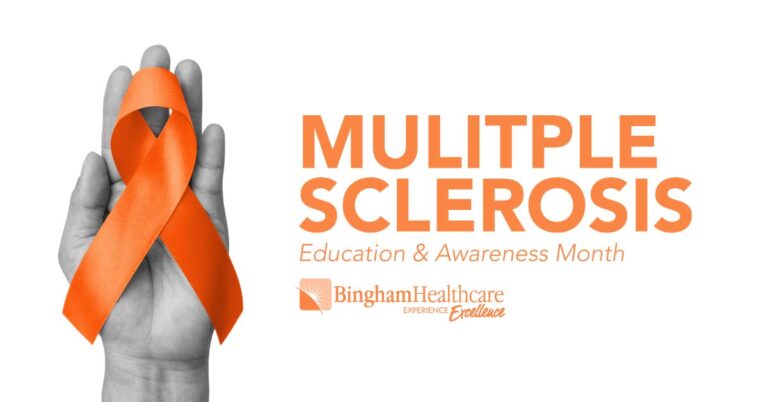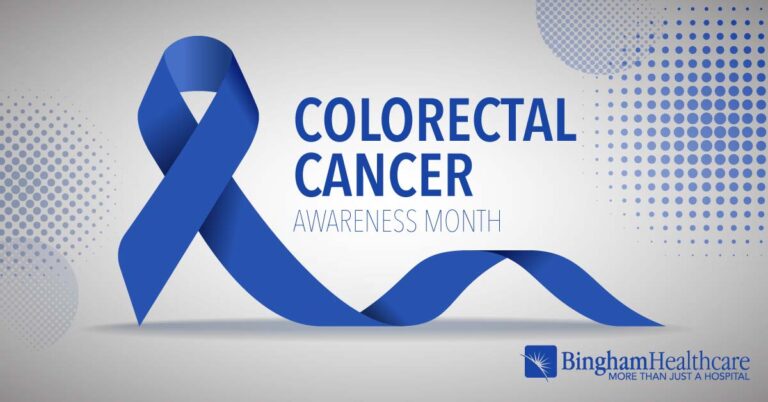
Preparing for a Mammogram
WHAT TO KNOW
For most women, a mammography provides the best way to find breast cancer at an early stage, when treatment is usually the most highly successful.* A mammogram is a low-dose X-ray of your breasts that can detect many changes that are too small or too deep to feel. Mammograms are considered safe, quick and relatively painless. They are available through a doctor’s orders or, in some cases, a self-referral. Annual mammograms are recommended for all women ages 40 and over.
WHAT IS A MAMMOGRAM?
A mammogram is an x-ray of the breasts using low -dose radiation. The key role of mammography is identifying breast cancer early in its development when it is very small. This is often a year or two before it is large enough to be felt by you or your healthcare provider as a lump. A screening mammogram is used to help find breast cancer early in women who have no symptoms.
With a screening mammogram, a radiologist is not only looking for breast cancer shadows, but is also looking for calcifications, cysts and fibroadenomas (solid lumps of normal breast cells). A diagnostic mammogram may be done as a problem-solving examination in patients who have abnormal physical findings or an abnormal screening mammogram. Diagnostic mammograms may also be used for patients with breast implants.
Mammography detects about 2-3 times as many early breast cancers as a physical examination and is considered the “gold standard” in breast cancer detection. It is the best method to screen for the presence of a small undetectable lump or a group of micro-calcifications, which may be the only sign of breast cancer.
While mammography is the best screening exam available today, about 1 in 10 cancers will not be identified until they can be felt as lumps. That is why breast self-examination and regular exams by your healthcare provider remain integral components of breast cancer detection.
One of the newest techniques approved to aid in early detection of cancer in screening mammograms is CAD (computer-aided detection). The CAD technology basically works like a second pair of eyes, reviewing a mammogram film after the radiologist has already made an initial interpretation.
With CAD, the x-ray image taken in a mammogram is created into a digital image and the computer then scans the image and marks any suspicious looking areas that may not have been visible by the radiologist. Those areas can then be studied in more detail by a radiologist who can decide if a biopsy or further evaluation is needed.
A screening mammogram usually consists of two views of each breast. During the procedure, each breast is placed on a platform in the mammogram machine, pressed firmly between two plates and an x-ray is taken. This takes only a few minutes and will be performed by a trained technologist. Most women say the compression is uncomfortable, but not painful.
Once completed, a qualified radiologist will analyze the x-rays, looking for specific abnormalities or changes related to cancer. The findings will be reported to your healthcare provider who will, in turn, forward the results to you.
HOW TO PREPARE
To prepare for a mammogram, dress comfortably. A two-piece outfit is usually the most convenient because you will need to undress above the waist. You should not use any type of powders, deodorants, ointments or creams prior to your exam because they can affect the quality of the mammogram. If possible, you should not schedule your mammogram just before or during your menstrual period, especially if you have breast pain at that time.
If you have breast implants, please inform the technologist before the exam because a different procedure will be used. The complete screening mammogram procedure takes about 20 minutes.
TIPS FOR A BETTER MAMMOGRAM
- On the day of your mammogram, do not use any deodorant, lotion, cream or powder on your underarms or breasts. These could interfere with a clear mammogram.
- If your breasts get tender around the time of your period, schedule your mammogram for one week after your period ends.
- If you have had mammograms at another facility, have previous mammograms available to the radiologist at your current exam. Also bring a list of places and dates of earlier mammograms, as well as biopsies and other breast treatments you received.
- Before the exam, describe any breast symptoms or problems you are having.
- If you do not hear from your healthcare professional within 10 days, consult him or her.
- Make sure the mammography center you use is accredited by the America College of Radiology.
A physician’s order is required to schedule a mammogram. When you are ready to schedule your mammogram, call your physician’s office and let them know. If you don’t have a physician, call the Bingham Memorial Women’s Center at (208) 782-3900.
*The American Cancer Society recommends that women at especially high risk for breast cancer have a yearly mammogram and MRI scan beginning at age 30.



